My Journey and the Bay Birding Challenge
Harmony Yu
I’m Harmony Yu, a 13-year-old girl who loves nature. I have a rabbit named Spot, I go to eighth grade, and I plan on participating in the Bay Birding Challenge this year.
Ever since I learned to read at age 4, I’ve always preferred nature books. It took me until second grade to read any fiction books at all, and even then, they were books with animals as the main characters, like Pax or the Warriors cats series.
Over the pandemic, I found that learning over Zoom was not effective at all. For an avid marine biology lover, going for more than two days without being able to see sharks in person was unbearable. I needed another way to learn about them and understand them better, so I decided to learn biology on Khan Academy. After all, if I were to become a biologist like I had hoped, I would need those skills, and I couldn’t wait to start as soon as possible. In my ample free time, I managed to finish high school biology within the school year. Hiking was a luxury back then, since everyone was quaking in their boots at the mention of COVID. Despite having Seek on my phone, there were only so many things I could identify around me, since I didn’t have a camera (yet!). Besides, I had already memorized most of the plants around the house and a few birds. Only my rabbits, Spot and Venus (RIP Venus, she died of pneumonia in June 2023), and feeding peanuts to the wildlife outside, gave me nonhuman animal interactionssomething interesting to interact with.
After taking an online course about creative writing, another weapon against boredom, I decided to try writing a book myself. My parents promised me to publish it if I could actually do it, not expecting anything beyond a frivolous ramble. Surprising everyone (including myself), my first book, Blizzard in a Rainforest, came out in the summer of 2021, advocating against illegal pet trafficking from the point of view of a Ssnow Lleopard that had gotten cubnapped, shipped off to a rainforest, and left to fend for herself in a completely foreign environment.
Emboldened by my success, I decided to write Bubble Up in a Kelp Forest the following year, which was about otters’ vital role in marine ecosystems. Having recently been reading up on otters, I figured I needed to write something.…

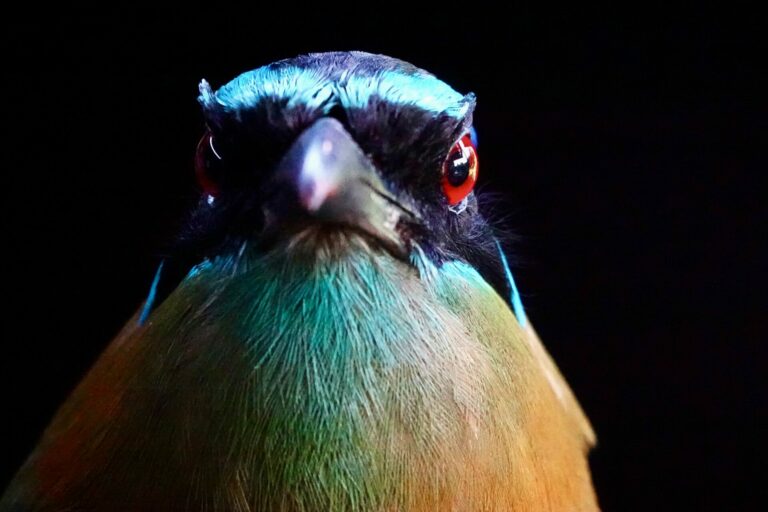
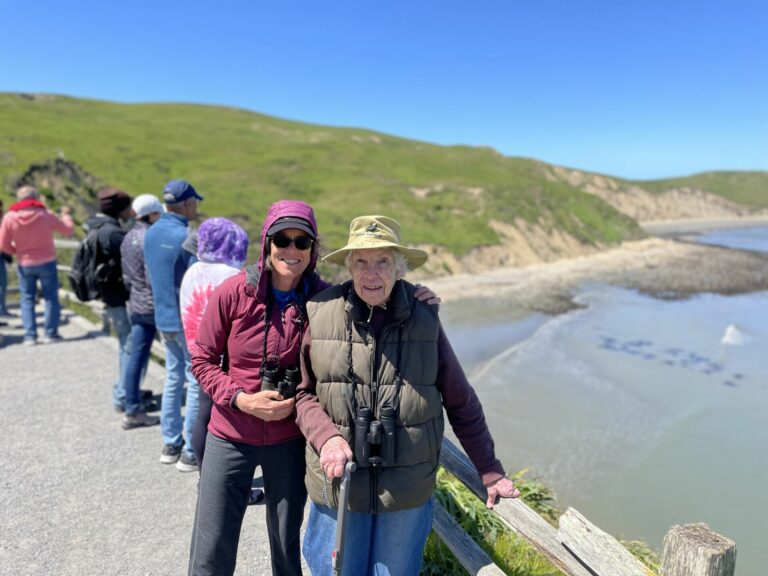
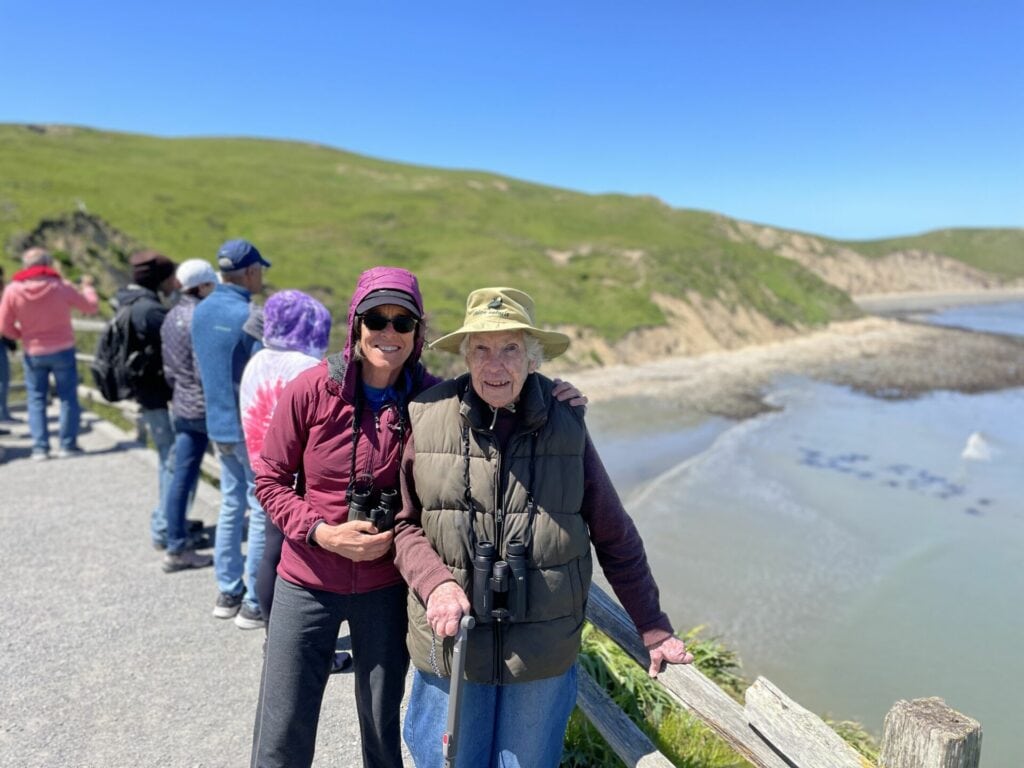
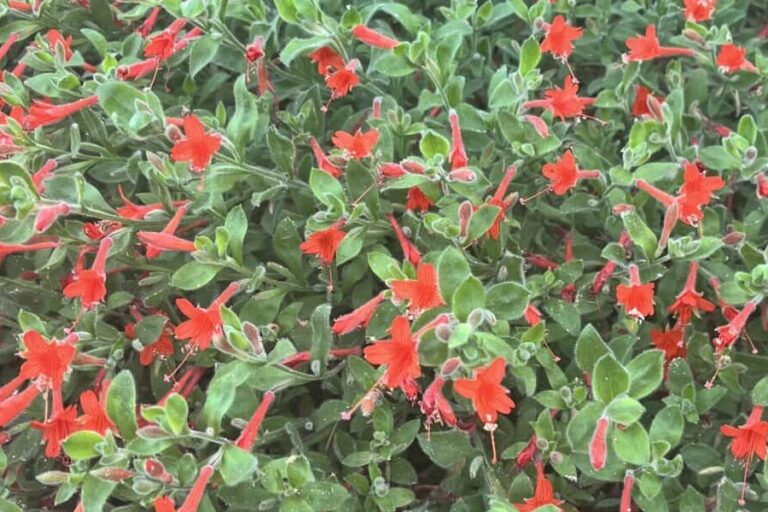
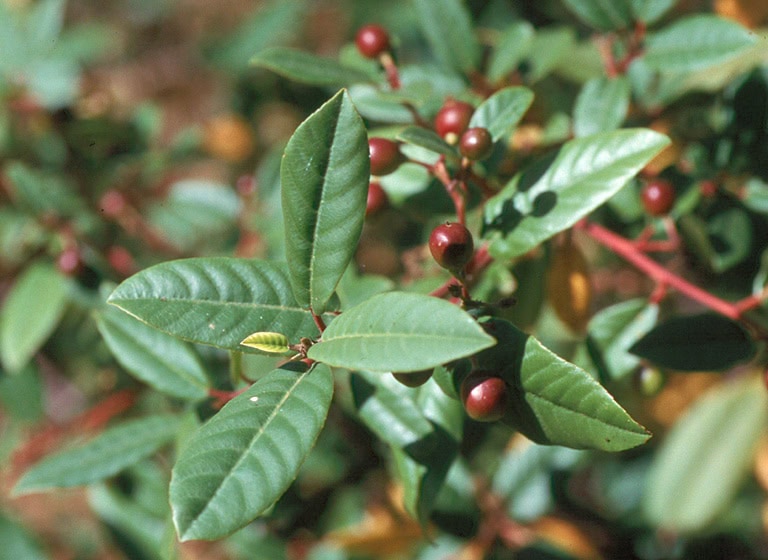
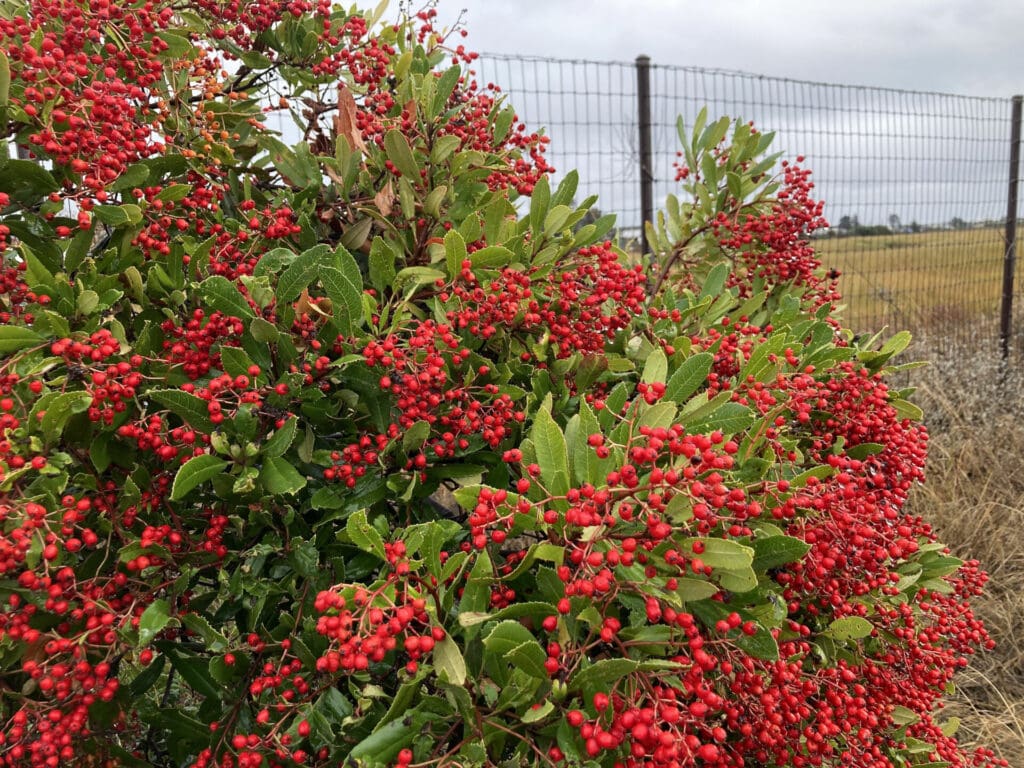

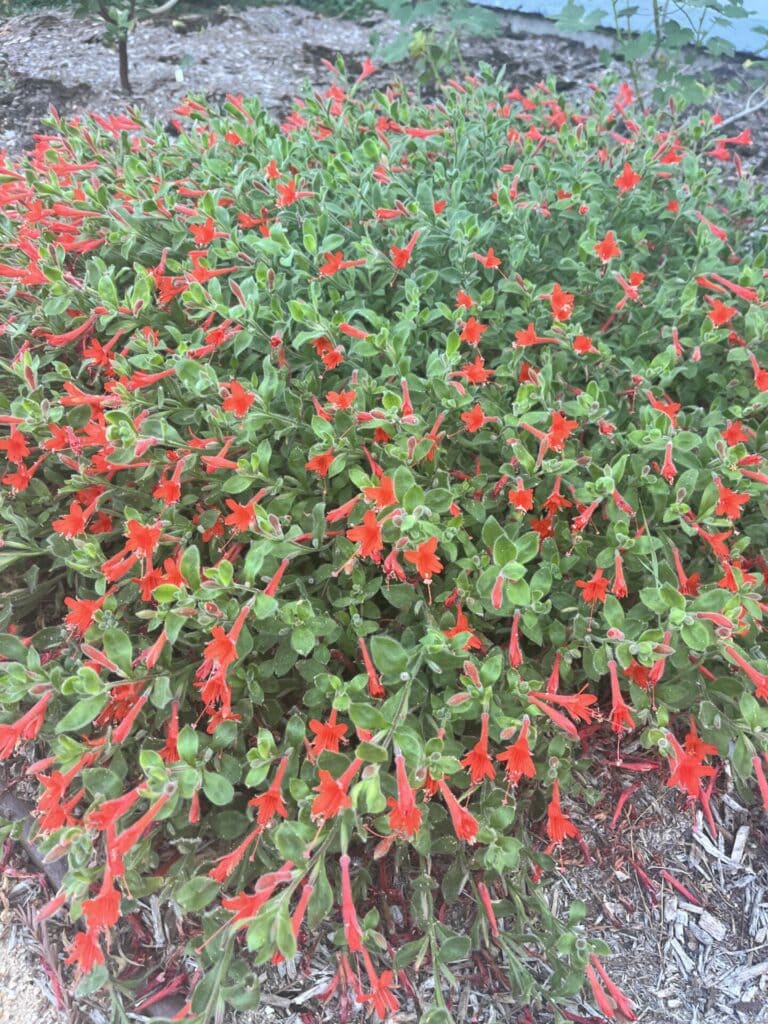
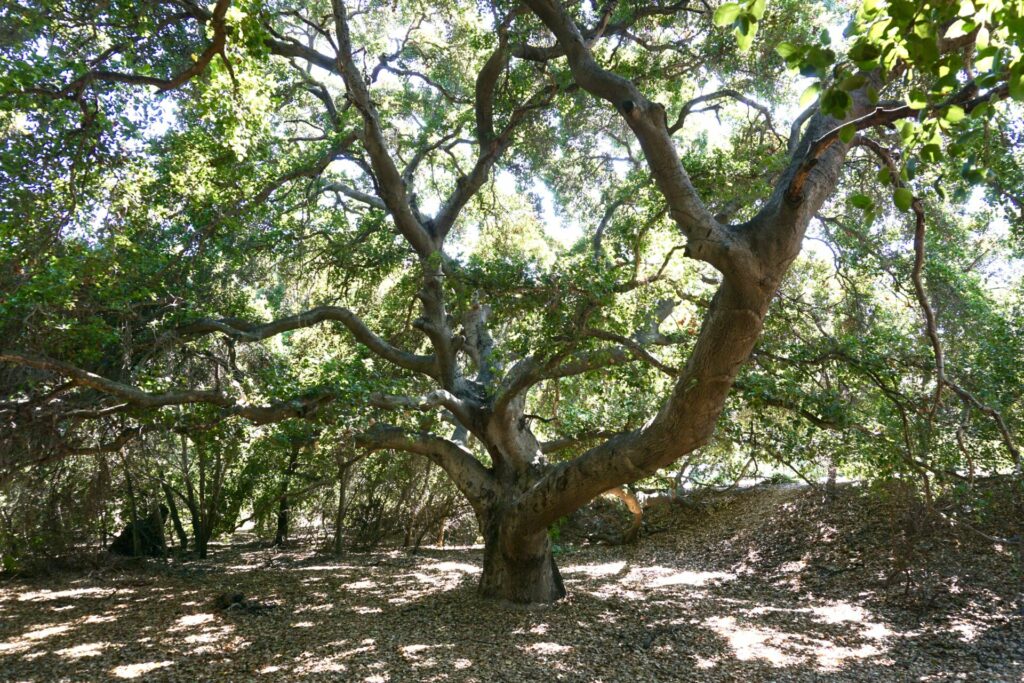 Coast Live Oak /
Coast Live Oak / 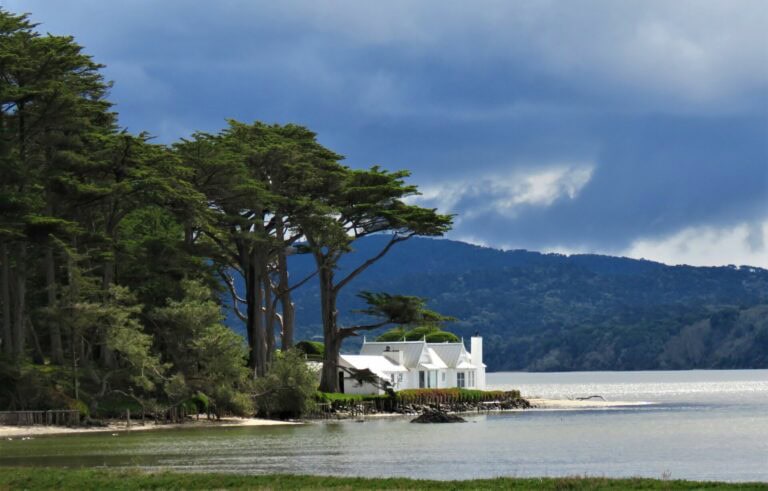
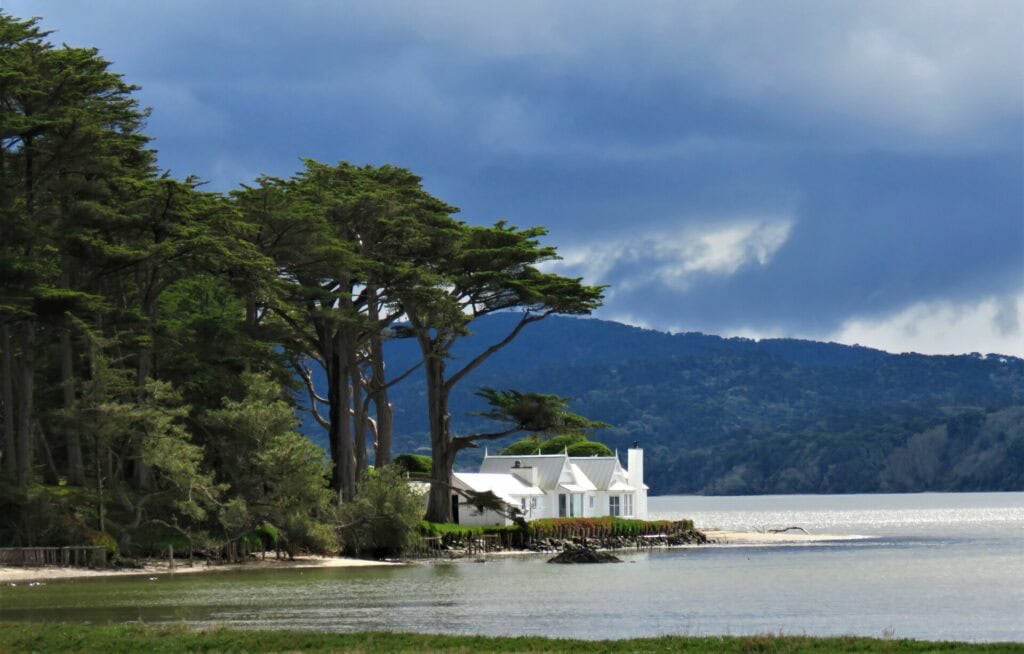 Cypress Grove, Marshall CA / provided by Nils Warnock
Cypress Grove, Marshall CA / provided by Nils Warnock
 Nils and David Lumpkin banding a short-billed dowitcher at the Walker Creek Delta in Tomales Bay / S. Jennings)
Nils and David Lumpkin banding a short-billed dowitcher at the Walker Creek Delta in Tomales Bay / S. Jennings)
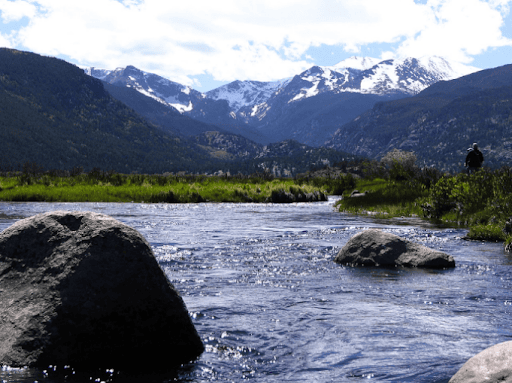
 Rocky Mountain National Park by Allie Peterson
Rocky Mountain National Park by Allie Peterson
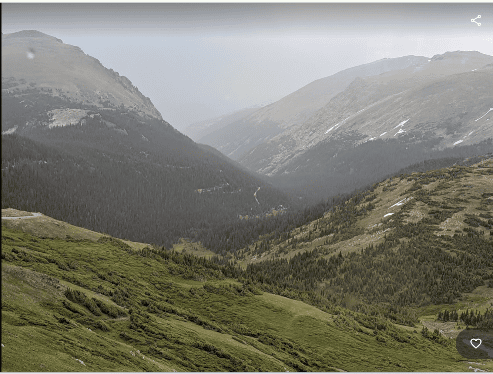 Rocky Mountain National Park by Steve Hunter
.kb-image66106_e73341-16 .kb-image-has-overlay:after{opacity:0.3;}
Rocky Mountain National Park by Steve Hunter
.kb-image66106_e73341-16 .kb-image-has-overlay:after{opacity:0.3;}
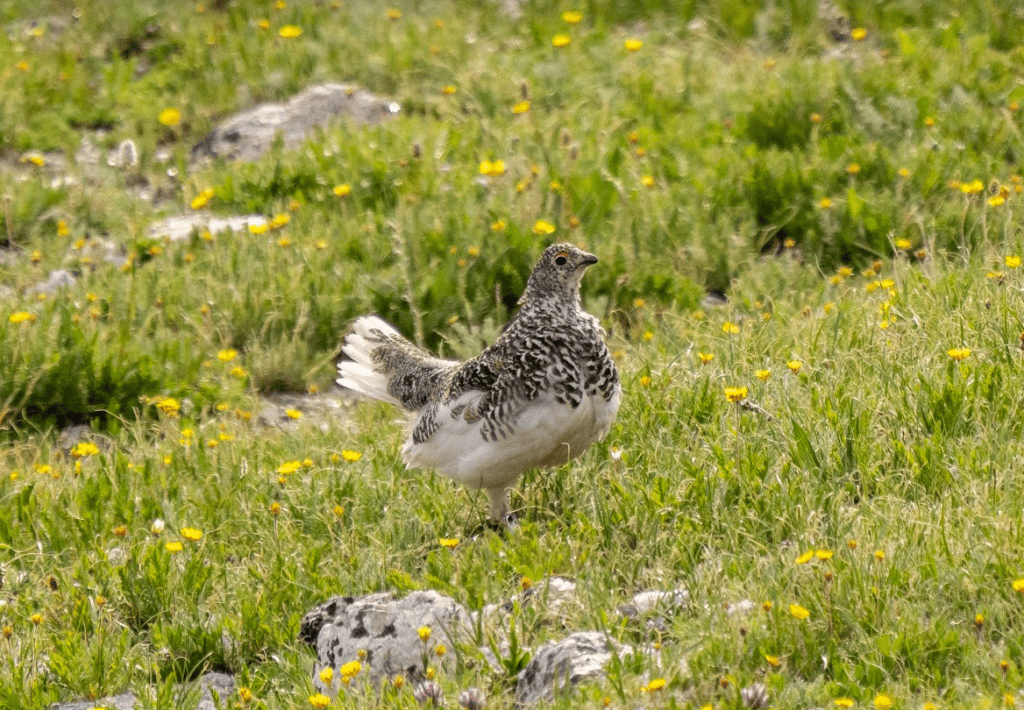 Dusky Grouse by Viviana Wolinsky
Dusky Grouse by Viviana Wolinsky
 Avon/Vail Sheraton Vista Villas
.kb-image66106_a72941-b3 .kb-image-has-overlay:after{opacity:0.3;}
Avon/Vail Sheraton Vista Villas
.kb-image66106_a72941-b3 .kb-image-has-overlay:after{opacity:0.3;}
 Steamboat Sheraton Resort Villas
Steamboat Sheraton Resort Villas